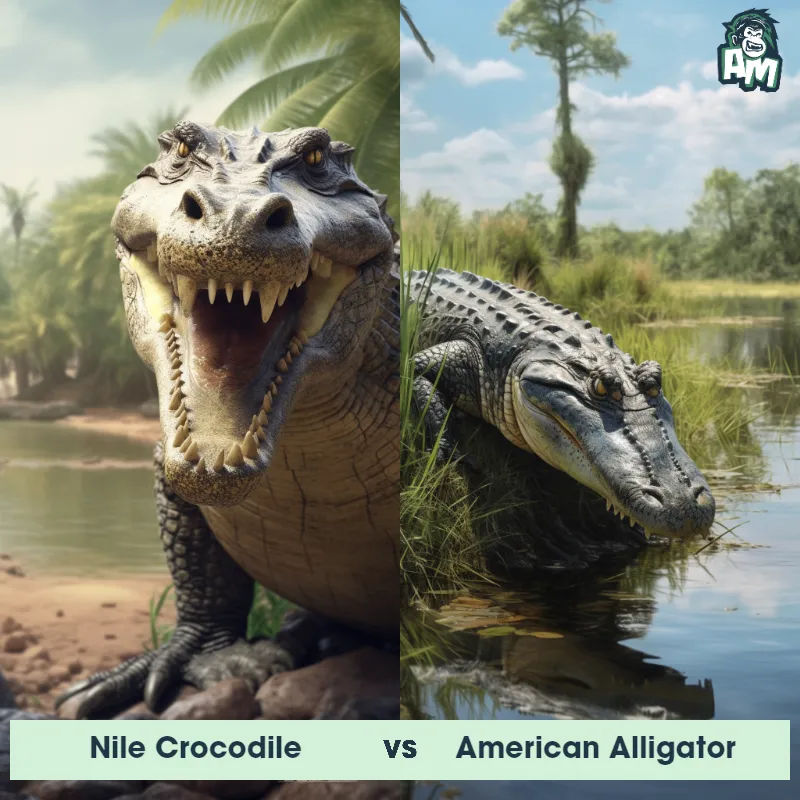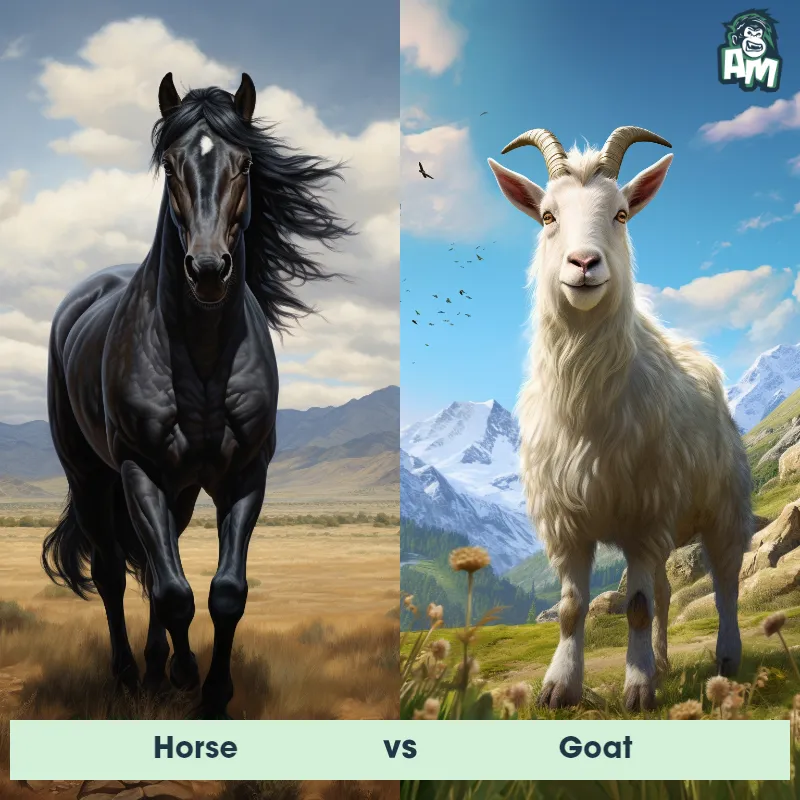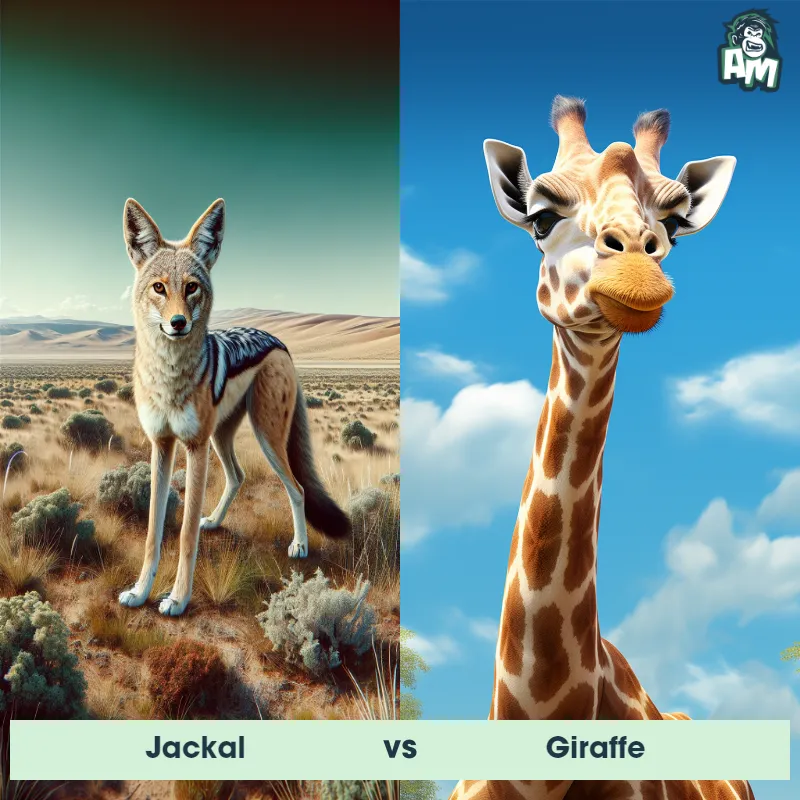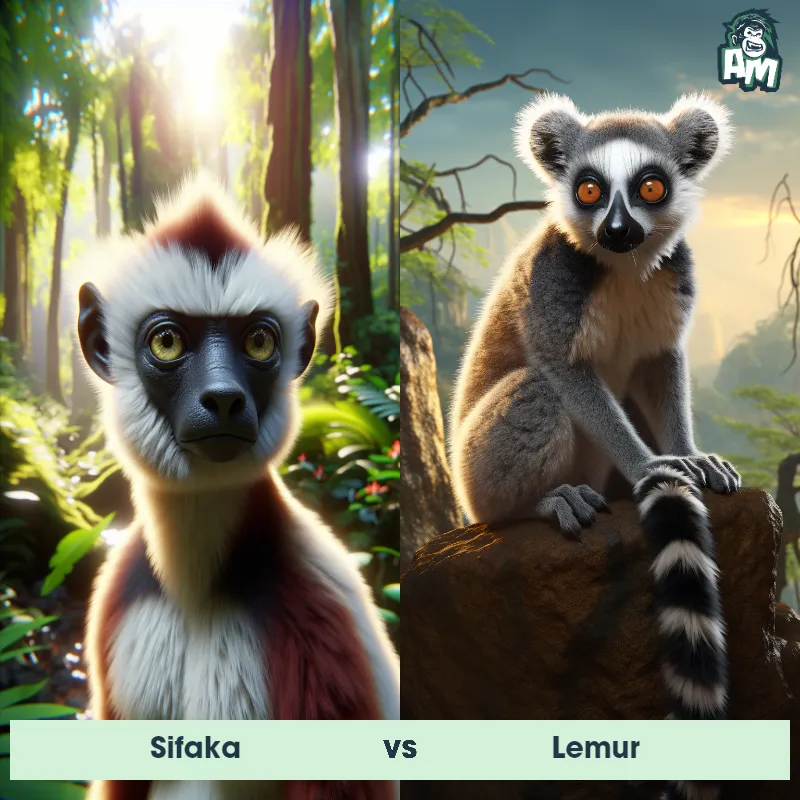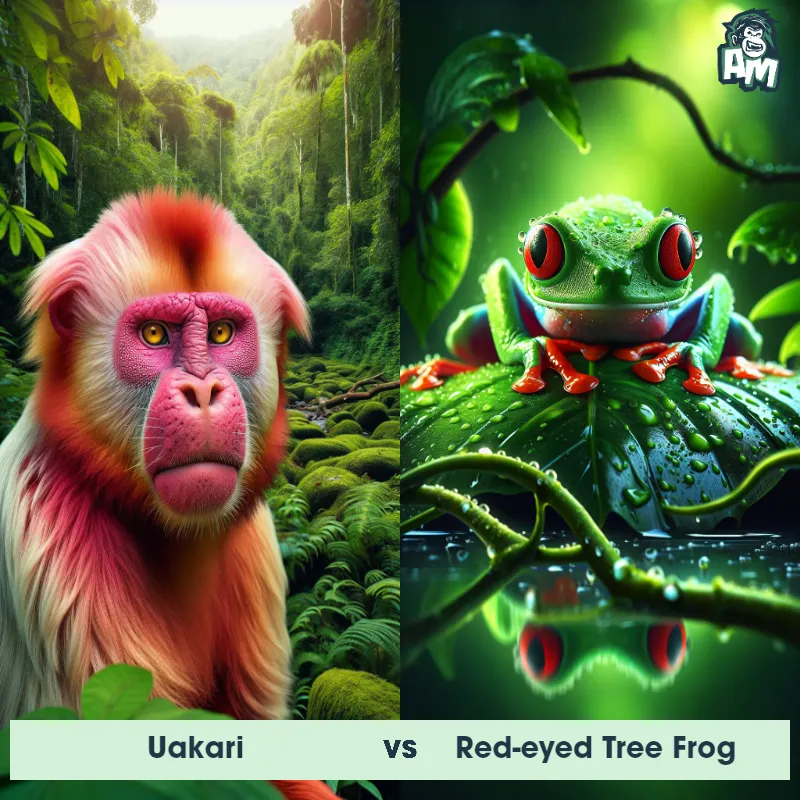Uakari vs SifakaSee Who Wins

Welcome to today's matchup between the Uakari and Sifaka! Both of these primates are known for their agility and strength, so we are in for an exciting fight today.
Contender 1: Uakari
The Uakari, also known as the Red Uakari, is a unique species of monkey found in the Amazon rainforest. With its distinctive bright red fur, hairless face, and pronounced cranial structure, the Uakari stands out among other primates. This medium-sized monkey has a compact body, a short bushy tail, and strong limbs designed for arboreal living. Uakaris are known for their social nature, living in groups of up to 50 individuals, and they have a specialized diet consisting mainly of fruits and seeds.
![[object Object] Gif](https://tenor.com/view/bigsmile-monkey-smiling-gif-22687322.gif)
Fun Fact: The Uakari possesses an interesting adaptation, as its hairless face helps to dissipate heat more efficiently in the hot and humid Amazon rainforest, reducing the risk of overheating.
Contender 2: Sifaka
The Sifaka, also known as the Coquerel's sifaka, is a unique lemur species found in Madagascar. These eccentric primates are known for their distinct sideways leaping movements, which can cover distances of up to 30 feet between trees. Sifakas have long, slender bodies, measuring around 18 to 22 inches in length, and have a coat of thick, silky fur that can range from white to creamy beige, with darker fur patterns on their back. Their large, round eyes are a striking golden color, and their powerful hind limbs enable them to effortlessly navigate the treetops.
Fun Fact: Sifakas are excellent jumpers and possess a unique form of locomotion called "vertical clinging and leaping."
Matchup Stats
| Uakari | Sifaka | |
|---|---|---|
| Size | Height: 43-46 cm (17-18 inches), Length: 38-48 cm (15-19 inches) | 18-22 inches (45-55 cm) |
| Weight | 2.3-3.6 kg (5-8 lbs) | 6-8 pounds (2.7-3.6 kg) |
| Speed | 6 mph (9.65 km/h) | 20mph (32km/h) |
| Key Strength | Agility | Agility and leaping ability |
| Biggest Weakness | Lack of physical aggression | Lack of physical aggression |
Current Votes
Uakari vs Sifaka
See Who Wins
View More Matches
Looking For More?
Similar Matches
Scientific Stats
| Uakari | Sifaka | |
|---|---|---|
| Scientific Name | Cacajao calvus | Propithecus coquereli |
| Family | Pitheciidae | Indriidae |
| Habitat | Rainforest | Forests, specifically dry deciduous forests and mangroves |
| Geography | Amazon Basin | Found in Madagascar |
| Diet | Fruits, seeds | Primarily leaves, fruits, and flowers, occasionally supplemented with seeds, bark, or soil |
| Lifespan | 15 years - 22 years | 15 years - 20 years |
Key Differences between Uakari and Sifaka
- Habitat: Uakaris are mainly found in the Amazon rainforest of South America, while Sifakas are native to the island of Madagascar in Africa.
- Tail: Sifakas have long, bushy tails that help them maintain balance while leaping through the trees, while Uakaris have short tails that are not used for balance.
- Color: Uakaris have bright red faces and white fur, whereas Sifakas have predominantly white fur with patches of black or brown.
- Facial features: Uakaris have short, flat faces with prominent cheekbones, whereas Sifakas have longer faces with large, expressive eyes and distinct facial markings.
- Locomotion: Sifakas are known for their unique form of vertical leaping called "vertical clinging and leaping," while Uakaris move primarily through the trees by brachiation (swinging from branch to branch).
- Size: Uakaris are smaller in size compared to Sifakas, with Uakaris weighing around 3-4 kg and Sifakas weighing around 6-8 kg.



